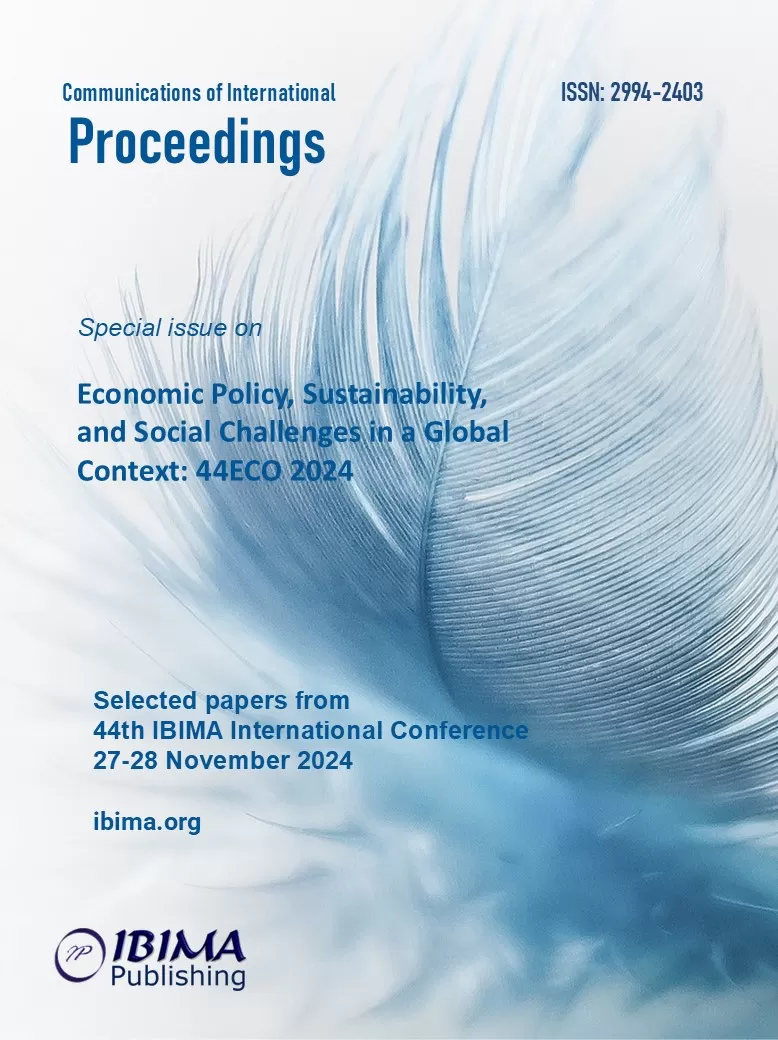
Monika ŚPIEWAK-SZYJKA and Małgorzata BLASZKE
West Pomeranian University of Technology in Szczecin, Faculty of Economy, Szczecin, Poland

This article focuses on the analysis of demographic changes in rural communities in the West Pomeranian Voivodeship in Poland, filling gaps in the literature on rural depopulation, population ageing and migration dynamics. These changes have a crucial impact on social structures, local economies and access to services.
Despite extensive research on rural depopulation in Poland, existing studies do not adequately address the local impact of demographic change in rural communities in West Pomerania. This study fills this gap by providing an in-depth analysis of these changes and their wider social implications.
The study uses statistical data from the Local Database of the Central Statistical Office, covering demographic trends, migration balances and age distributions in 47 rural communities over a decade (2015-2023). Advanced comparative analyses were carried out, highlighting differences at the district level and identifying the socio-economic challenges associated with these demographic changes.
The results indicate a continuing trend of depopulation in most districts, exacerbated by the emigration of young people and the ageing of the population. Some municipalities, especially those close to urban centres such as Police and Stargard, showed a positive migration balance due to suburbanisation. On the other hand, peripheral areas have experienced significant population decline and ageing, putting pressure on local labour markets and public services. This demographic polarisation calls for targeted regional policies to improve infrastructure and public services.